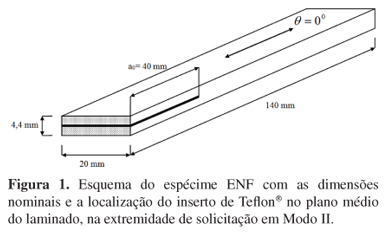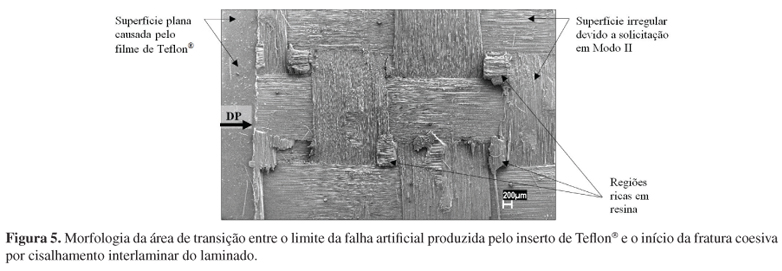Fractography involves a detailed study of the fractured surface morphology of materials. Usually the Scanning Electron Microscopy (SEM) technique is applied to investigate the cause of failure and the relationship between failure modes and the microstructure of the material under investigation. This information allows one to relate structure, processing methods and materials properties with the onset in their failure and propagation. In this study, fractographical analysis is employed to investigate the failure aspects induced by Mode II delamination of structural fiber-reinforced polymer composite laminates. Samples with Teflon® inserted at the mid-plane of one end of the laminate (end-notched specimens) were subjected to four-point bending (4-ENF) test. The samples were prepared from laminates manufactured in autoclave with prepreg layers (0º, 90º) of IM7 plain weave woven fabric fiber architecture and M21-epoxy resin. The results indicate that the fracture surface is very irregular where fibers and fiber prints at the matrix are visualized, along with fractographic aspects named cusps and scallops, formed during the polymeric matrix shearing.
Fractography; composite laminate; Mode II delamination











